
Sir Marc Isambard Brunel was a French-British engineer who is most famous for the work he did in Britain. He constructed the Thames Tunnel and was the father of Isambard Kingdom Brunel.
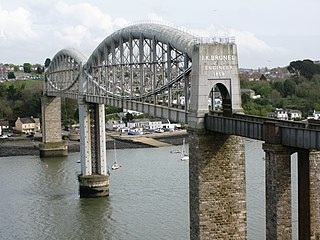
The Royal Albert Bridge is a railway bridge which spans the River Tamar in England between Plymouth, Devon and Saltash, Cornwall. Its unique design consists of two 455-foot (138.7 m) lenticular iron trusses 100 feet (30.5 m) above the water, with conventional plate-girder approach spans. This gives it a total length of 2,187.5 feet (666.8 m). It carries the Cornish Main Line railway in and out of Cornwall. It is adjacent to the Tamar Bridge which opened in 1962 to carry the A38 road.

Sir John Wolfe Barry, the youngest son of famous architect Sir Charles Barry, was an English civil engineer of the late 19th and early 20th century. His most famous project is Tower Bridge over the River Thames in London which was constructed between 1886 and 1894. After receiving a knighthood in 1897, he added "Wolfe" to his inherited name in 1898 to become Sir John Wolfe Barry.

Henry Marc Brunel was an English civil engineer and the son of the celebrated engineer Isambard Kingdom Brunel and grandson of civil engineer Marc Isambard Brunel.
Cuthbert Arthur Brereton was a civil engineer and a partner of Sir John Wolfe Barry. Together they completed numerous projects in England and Wales, the most prominent being the King Edward VII Bridge over the Thames at Kew, London.
Robert Pearson Brereton was an English railway engineer. He worked under Isambard Kingdom Brunel for more than twenty years and, following Brunel's death, completed many of his projects.
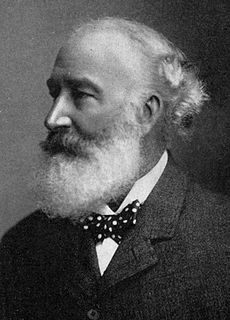
Robert Maitland Brereton was an English railway engineer in India. In the United States he helped secure the first Act of Congress for the irrigation of California.
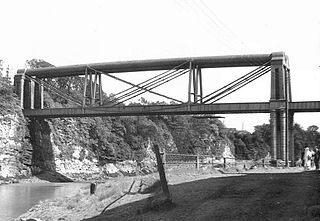
Chepstow Railway Bridge was built to the instructions of Isambard Kingdom Brunel in 1852. The "Great Tubular Bridge" over the River Wye at Chepstow, which at that point forms the boundary between Wales and England, is considered one of Brunel's major achievements, despite its appearance. It was economical in its use of materials, and would prove to be the design prototype for Brunel's Royal Albert Bridge at Saltash. Although the superstructure has since been replaced, Brunel's tubular iron supports are still in place. It is a Grade II listed structure.
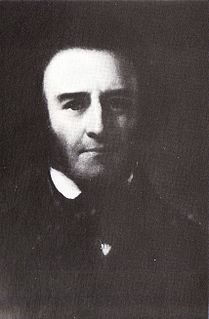
James Meadows Rendel FRS was a British civil engineer.

Isambard Kingdom Brunel was an English civil engineer who is considered "one of the most ingenious and prolific figures in engineering history," "one of the 19th-century engineering giants," and "one of the greatest figures of the Industrial Revolution, [who] changed the face of the English landscape with his groundbreaking designs and ingenious constructions." Brunel built dockyards, the Great Western Railway (GWR), a series of steamships including the first propeller-driven transatlantic steamship, and numerous important bridges and tunnels. His designs revolutionised public transport and modern engineering.

Windsor Railway Bridge is a wrought iron 'bow and string' bridge in Windsor, Berkshire, crossing the River Thames on the reach between Romney Lock and Boveney Lock. It carries the branch line between Slough and Windsor.

George Hennet (1799–1857) was an English railway engineer and contractor. He undertook many contracts for Isambard Kingdom Brunel's broad gauge railways in the South West of England and funded the provision of extra facilities on the South Devon Railway, these formed the basis of a general trading business that he conducted.
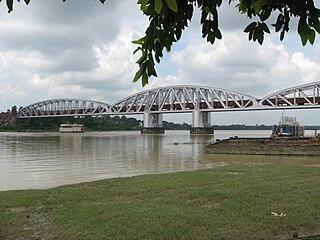
The Jubilee Bridge is a former rail bridge over the Hooghly River between Naihati and Bandel in West Bengal, India. It provided an important connection between Garifa railway station and Hooghly Ghat railway station.
Lieutenant Colonel Arthur John Barry (1859-1943) was an English civil engineer and architect of the late 19th and early 20th century.

Naihati Junction is a Kolkata Suburban Railway junction station on the Sealdah–Ranaghat line and Naihati–Bandel link. It is located in North 24 Parganas district in the Indian state of West Bengal. It serves Naihati and the surrounding areas.

A balloon flange girder or (colloquially) balloon topper is a form of vertical I-beam wrought iron plate girder, where the top flange, instead of being a simple flat plate, is extended into a hollow tube. When a girder is subjected to a positive bending moment the top flange acts in compression making a flat plate flange more susceptible to local buckling than the balloon flange is.

A bronze statue of Isambard Kingdom Brunel, also known as Brunel Monument or the Isambard Brunel Monument, by Carlo Marochetti, stands on the Victoria Embankment in London, England, at the west end of Temple Place. The statue rests on a Portland stone pedestal, with flanking screens and benches, by the architect Richard Norman Shaw.

Michael Lane was a British civil engineer who served as the Chief Engineer of the Great Western Railway (GWR). A protégé of Isambard Kingdom Brunel, he worked with both Brunel and Brunel's father Marc on various projects before joining the younger Brunel on the GWR. He eventually succeeded that Brunel as the railway's Chief Engineer, serving in the position for nearly eight years before his death.
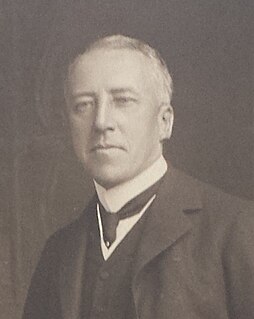
Lieutenant-Colonel Sir William Arthur Dring was the Agent of the East Indian Railway Company from 1907 until his death in a mysterious railway accident in 1912, which is commemorated by a large monument near the site. He oversaw a significant expansion of the railways in India and was Honorary ADC to the Commander-in-Chief, India. He was the father of John Dring, the second Prime Minister of the independent State of Bahawalpur.

















